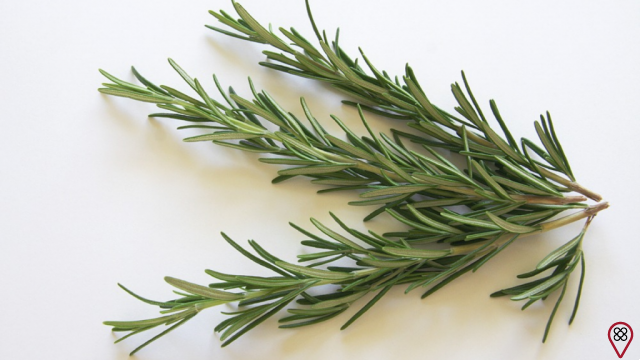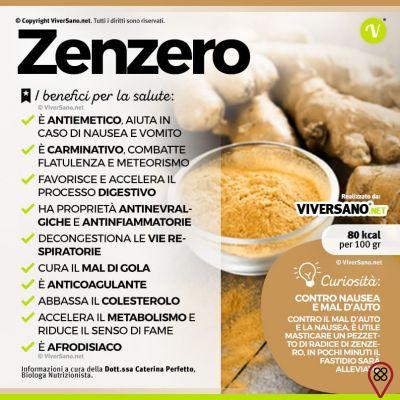Cinnamon has been known and used by humans for thousands of years, probably since before 2000 BC Ancient Egyptians used cinnamon as a perfume for the mummification process and it is mentioned in the Old Testament. Cinnamon was popular throughout antiquity, and the Romans were one of its biggest consumers. The Arab merchants who brought cinnamon to Europe from Asia kept its origin a secret, and it was not until 1548 – when Portuguese merchants discovered cinnamon in Ceylon, present-day Sri Lanka – that the western world had direct access to cinnamon.
Cinnamon is one of the few foods made from the bark of a tree trunk. Its Latin name derives from the nomenclature that the Italians gave it in the past: canella – meaning “small tube”, in reference to the shape of this spice.
In addition to being used as a luxurious spice to add flavor and aroma to food, cinnamon was used by ancient healers and medieval physicians as a treatment for nasal congestion, coughs, sore throats and digestive discomforts. Cinnamon was also used to preserve food for the winter, preventing the proliferation of bacteria and fungi.
The same property of cinnamon is behind its ability to preserve food and its effectiveness in treating congestion and coughs. Cinnamon has antimicrobial and antiparasitic properties that help fight infections in the lungs and respiratory system. This same ability helps in food preservation.
Cinnamon is also a potent antioxidant; So potent that in a study comparing 26 antioxidant superfoods, it was the food with the greatest ability to protect from free radical damage. Cinnamon's antioxidant potential also adds to its power to preserve other foods by slowing down cell oxidation.
The protection against oxidative stress, conferred by the consumption of cinnamon, can lead to improvements in the cognition of motor functions. A mouse study showed that animals that consumed cinnamon extract before a task that measured their reasoning ability had improvements in cognitive performance and motor function.
In vitro studies (performed in test tubes) also demonstrate the potential that cinnamaldehyde, the essential oil of cinnamon, has for the prevention of Alzheimer's. This compound helps to preserve brain structures, delaying the progress of the disease. Cinnamaldehyde reacts with hyperphosphorylated tau proteins (a hallmark of disease progression in the brain), preventing their agglomeration and subsequent disease progression.

Cinnamon also has a high potential to control our blood sugar level, improving our insulin sensitivity. This effect occurs when cinnamon interacts with digestive enzymes and delays the process of digestion of carbohydrates, which releases sugar into the blood.
Human studies reaffirm its anti-diabetic potential, reducing blood sugar levels by 10 to 29%. High blood sugar spikes cause a strong release of insulin so that this sugar can be used by cells. The presence of a very high level of insulin can lead to a sudden drop in blood sugar, below the basal level. This effect is called rebound hypoglycemia. Hypoglycemia brings a feeling of mental fatigue, tiredness and weakness.
With greater metabolic control of blood sugar levels, it is possible to maintain more constant energy levels and concentration throughout the day, without spikes and dips interfering with productivity.
Studies point out that the effective dose for benefits is low, from 0,5 to 2 teaspoons per day.
Summary of benefits for the mind:
- Antioxidant properties decrease oxidative stress in the brain.
- Cinnamaldehyde fights the clumping of defective tau proteins, slowing the progression of Alzheimer's.
- Glycemic control helps maintain constant mental energy and prevents mental fatigue caused by hypoglycemia.
There are many other spices, which you may already know, that have benefits for memory, attention, mood and disposition. Find out more with the free e-Book “6 Spices for the Mind”.

Ideas for including cinnamon in your diet:
Cinnamon is commonly used in confectionery, cakes and other sweets. However, in many culinary traditions, Asian and Mexican cuisine, cinnamon is used in savory preparations to add depth of flavor to dishes.
Cinnamon together with cumin and coriander powder form an intensely aromatic blend, used to flavor soups, sauces and vegetable stews, giving these dishes a deeper and longer lasting flavor.
Mixing cinnamon with ground cloves and nutmeg (optional: ginger powder) creates an aromatic base to incorporate into sweet dishes and hot drinks.
You may also like
- Learn to use cinnamon, myrrh and sandalwood incense
- Experience the benefits of cinnamon tea and be surprised
- Protect your spirit with a bath of cinnamon, cloves and rue
You can also incorporate cinnamon into your diet through tea or coffee. There are several recipes for cinnamon tea and cinnamon syrup to add to more elaborate coffees. Drink cinnamon tea 15 minutes before meals to lessen the hyperglycemic effect of carbohydrates.
Choose, if you find it, to use Ceylon cinnamon, considered more beneficial by the studies carried out. However, the most common (and strongest-tasting) variety, cassia cinnamon, will also deliver the benefits. And remember: the effective dose is low and does not need to exceed 2 teaspoons per day.
References:
https://pubmed.ncbi.nlm.nih.gov/23531502/
https://pubmed.ncbi.nlm.nih.gov/24559058/
https://academicjournals.org/journal/AJBR/article-abstract/8D4DEA111465
https://pubmed.ncbi.nlm.nih.gov/18234131/
https://www.ncbi.nlm.nih.gov/pmc/articles/PMC2901047/
https://pubmed.ncbi.nlm.nih.gov/16190627/
https://pubmed.ncbi.nlm.nih.gov/21538147/
https://pubmed.ncbi.nlm.nih.gov/19930003/
https://www.ncbi.nlm.nih.gov/pmc/articles/PMC4466762/
























